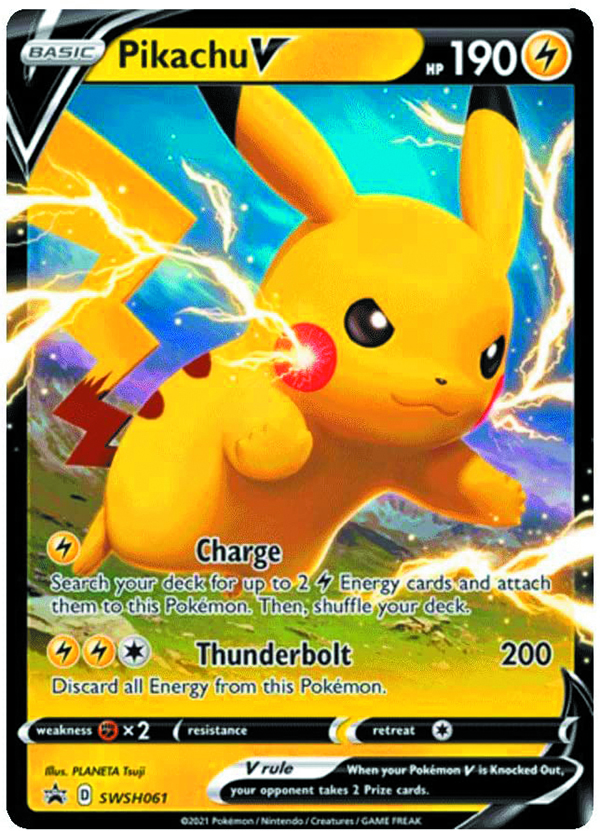Bottom Line/Personal: Investors, can you tell the difference between a great company and a great stock? They are not the same thing, and according to my guest today, one of the biggest mistakes most investors make is trying to always buy great companies when in fact they should sometimes buy bad companies. Really? We’ll find out why.
I’m Steven Kaye, editorial director of Bottom Line Publications, and this is Bottom Line On Your Money, where our experts help you create, invest and protect your wealth.
Today I’m speaking with Vahan Janjigian, PhD, CFA. Vahan is editor of the MoneyMasters Stock Report newsletter, chief investment officer at Greenwich Wealth Management and author of two books, including Even Buffett Isn’t Perfect. Vahan previously served as editor of the Forbes Special Situation Survey newsletter, where he was ranked the number-one stock picker by Hulbert Interactive for the decade ending in December 2012.
So Vahan, welcome. Thank you for coming out. What we’re really talking about here is confusing a great company with a great stock. Can you tell us what you mean by that?
Vahan Janjigian, PhD, CFA: It sounds a bit counterintuitive, but, of course, I would rather buy great companies than bad companies. But you have to ask yourself, what makes a company great or bad to begin with? A great company is a company that might have great management…it might have a big and growing market share…it might have great products…it might be a real leader in its industry. These are things that make the company great.
But there’s only one thing that makes a stock great. A stock is great only if it is selling for less than it is worth. So if you have to overpay for a great company—if you have to overpay for that stock—it’s really not worth it.
Let me give you an example. One of my favorite examples of a great company these days is Tesla.
Bottom Line: The carmaker.
Janjigian: The carmaker, the electric-car maker. It’s an incredibly innovative company. They have perhaps one of the smartest CEOs out there, Elon Musk. The guy has just done an incredible job of doing something that everybody said was impossible to do. He has created a car that is in great demand— everybody wants the car—so it’s clearly a great company that has a very bright future.
But when I look at the stock, I can’t justify the price. It’s overvalued by so many measures, even if you assume that Tesla will be able to produce a large number of cars and sell them in the future. It is nowhere near the size of, let’s say, General Motors or Ford in terms of numbers of cars sold, yet its market cap is getting pretty close to that.
On the other hand, let’s look at Staples. Staples is a very troubled company. This is the office-supply store. It has had a lot of problems over the years. It’s got a large number of stores. It’s a bricks-and-mortar company. But it’s getting a tremendous amount of competition from the likes of Amazon.com and Wal-Mart.
Bottom Line: What I’m thinking now is, Excuse me, I have to go sell my Staples stock and buy Tesla.
Janjigian: And I would say no, because even though Staples is a troubled company, I think it has tremendous turnaround potential. And if you do evaluation on the stock, you’ll see that the stock is very undervalued. So if I were going to put my money into a company right now, even though I think Tesla is a great company, and the better company, I would rather buy Staples stock because I can get it for so cheap. When you’re investing, you have to worry about the stock, not just the company.
Bottom Line: We have a chart here showing what the stocks have done over the past year. Can you just give us a quick run-through of what has happened over the last 12 months?
Janjigian: Clearly if you look at this chart, you’ll see that starting approximately six months ago, Tesla just really took off on a rampage, and the stock is up tremendously. This is because a lot of Wall Street analysts have been really touting the stock. The company did a little bit better than expected in terms of cars sold, so everybody’s hopes got up, and they think that the company has a very bright future. And I agree with that—it does have a bright future. But I think the stock has run up way too much to buy it now.
On the other hand, if you look at Staples, you’ll see that at about the same time, Staples stock has really fallen. That’s because earnings fell short of expectations…they’re having problems in their international division…their bricks-and-mortar stores are not doing as well as they hoped. They’re actually shutting down stores. But they’re moving more and more of their sales online, so as a result, I think Staples actually has a very bright future as an online retailer.
Bottom Line: Where does the value come from when you look at a company like Staples—and there are other companies out there troubled within their industries—I don’t know how you feel about Sears, for example—but where does the value come from when you look at a company and a stock like that?
Janjigian: Of course, you can always look at traditional measures, like price-to-earnings ratios or price-to-book ratios or price-to-sales ratios, and by all those measures, Staples is much cheaper than Tesla. But I would argue that there’s only one theoretically correct way to determine what any stock is worth, and that’s to do a discounted cash-flow analysis.
When I do this on both Tesla and Staples, I conclude that Tesla is tremendously overvalued and that Staples is selling for a whole lot less than it’s really worth.
Bottom Line: What does a cash-flow analysis like that tell you?
Janjigian: It tells me what the present value is of all the future expected cash flows. Of course, you have to make a lot of estimates and a lot of assumptions about future cash flows, so there’s always room for error. Whenever I do it, I try to do it in a very conservative manner, trying to be very conservative about my assumptions in regard to growth or profit margins or even the discount rate that I use.
So whenever I do this, I want to be conservative, and doing a conservative analysis on Staples, I find that it is undervalued, whereas even a conservative analysis on Tesla indicates that it’s overvalued.
Bottom Line: There are some people who would say that in the future, if we look back at this time, we’re going to look at Tesla and see that this was some kind of ground floor, and it only went up from there. Obviously, it won’t always go up.
Janjigian: That could happen.
Bottom Line: That’s the theory, and obviously many people believe that.
Janjigian: That could happen, but for that to happen, Tesla’s future results have to be so much better than current expectations. Keep in mind that Tesla right now sells a very small number of cars. So people are willing to pay this much money for the stock because they believe that eventually, Tesla’s going to be bigger than Ford or General Motors.
But I think that’s being a little bit too optimistic, because you can bet if Tesla starts doing well in terms of selling cars, everybody else will start doing the same thing and start making similar types of cars.
Bottom Line: So when you think about your overall portfolio, do you have a certain number of slots in there for the so-called good companies and the so-called bad companies?
Janjigian: No, not at all. All I’m really focused on is undervalued stock. So if the stock of a good company is undervalued, so much the better; I’m willing to buy it. But I would much rather buy undervalued stocks than great companies. So I’m willing to buy the bad companies once in awhile, as long as the stocks are undervalued.
Bottom Line: This is what you’re hearing from Vahan Janjigian. It’s the difference between a great company and a great stock. You want your investment to gain in value, and sometimes it will with a great company, but sometimes it will with a company whose stock just happens to be a tremendous value. Thank you, Vahan.
Janjigian: Thank you, Steve.



